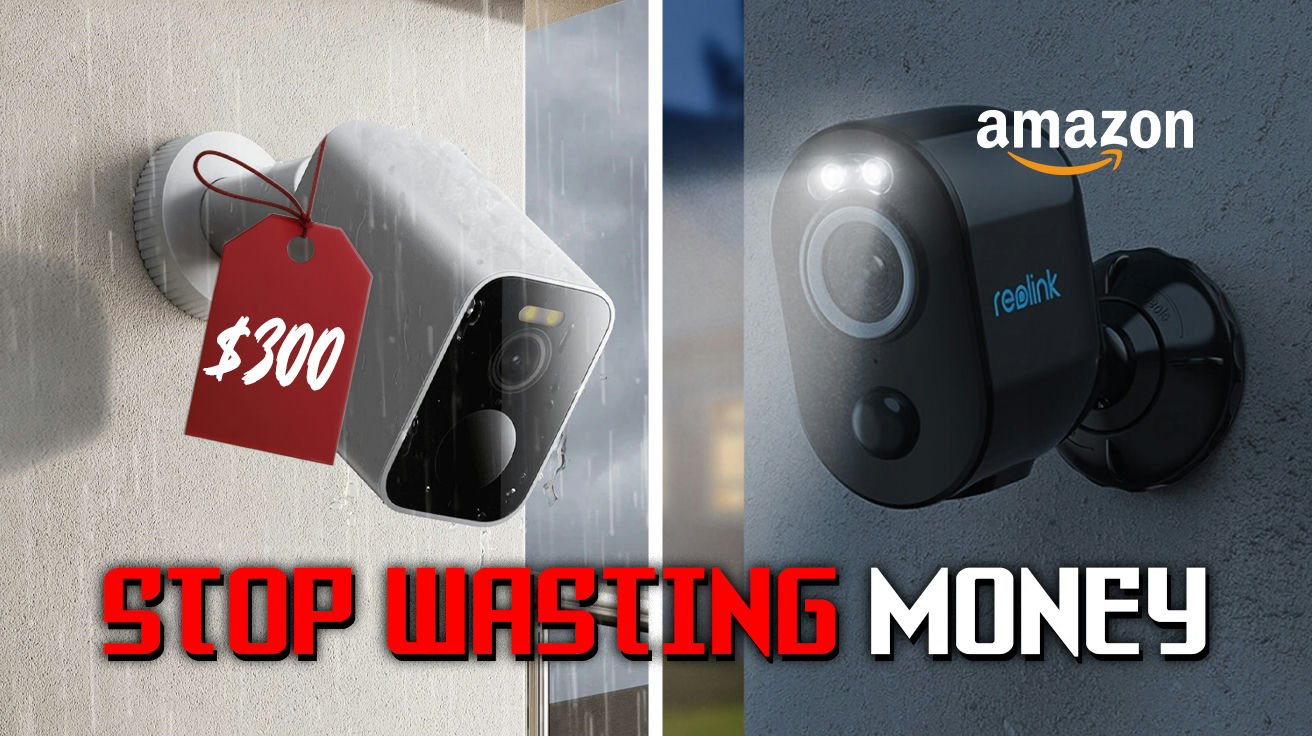Building a smart home that actually works feels like assembling IKEA furniture blindfolded—lots of promise, occasional triumph, and way too many moments where you question every life choice. After years of testing devices that range from brilliant to barely functional, some clear patterns emerge about which products deserve your money and which belong in the digital dumpster.
This content may contain affiliate links. If you wish to support us and use these links to buy something, we may earn a commission.
5. Light Switches: Skip GE/Jasco, Choose Lutron Caseta
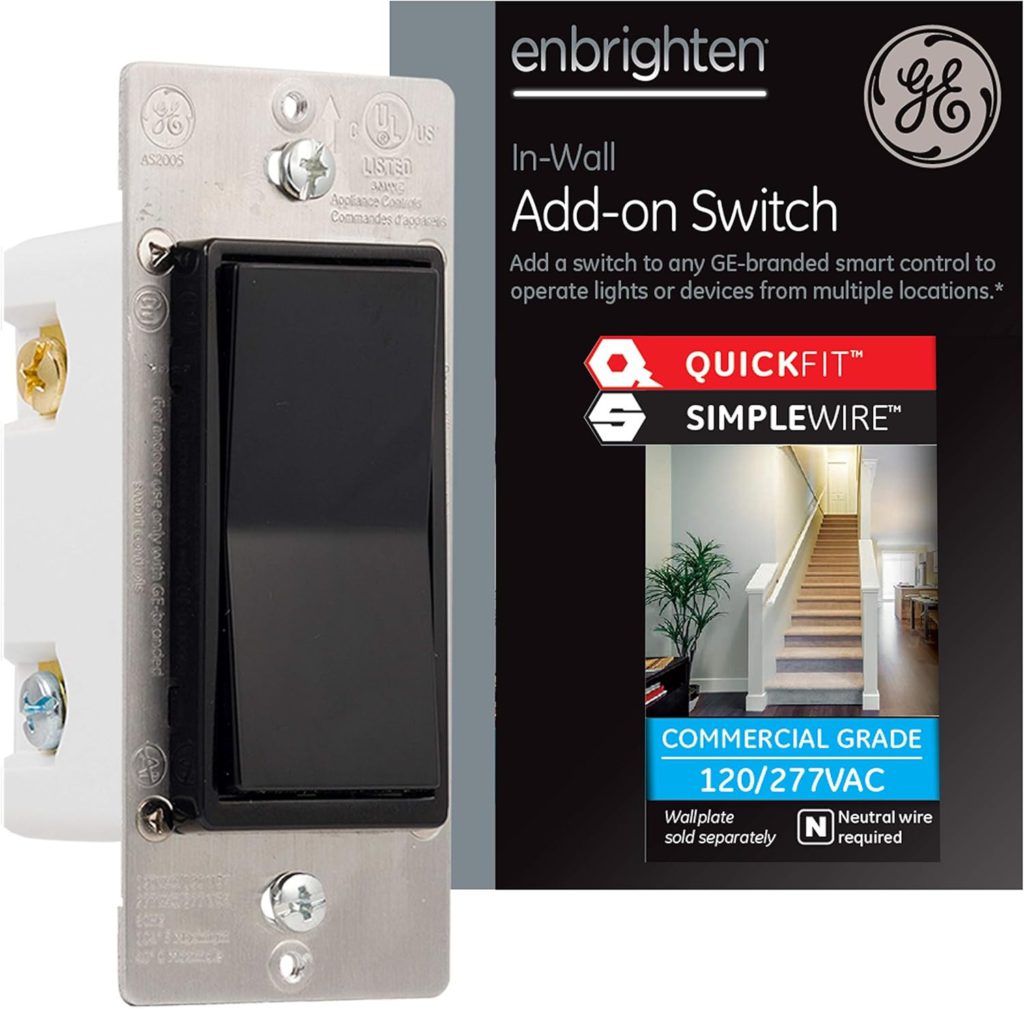
GE and Jasco smart switches have earned a reputation for disappointing failure rates, even in homes with properly updated electrical systems. These Zigbee and Z-Wave models might seem like budget-friendly options, but frequent replacements quickly eat into any savings. The frustration of dead switches in critical rooms makes the initial discount feel like a cruel joke.
Lutron Caseta switches deliver the reliability smart homes actually need. Their proprietary Clear Connect protocol avoids Wi-Fi congestion while integrating seamlessly with major smart home platforms. The neutral-wire-free models work in older homes where rewiring isn’t practical, and many users report flawless performance across dozens of devices for over a decade.
4. Robot Vacuums: Avoid iRobot, Try Narwhal Instead
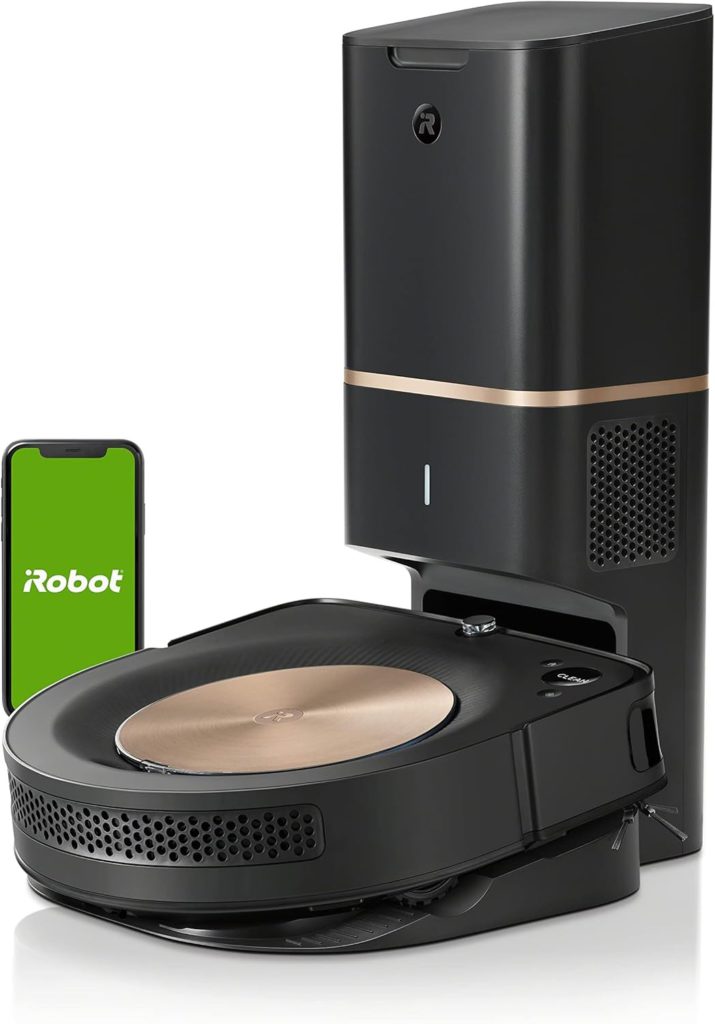
iRobot’s S9+ and M6 models promised premium cleaning but delivered premium headaches. Users frequently encounter spraying malfunctions, excessive foaming, pad movement issues, and disappointing cleaning performance that makes manual vacuuming look appealing again. For products commanding premium prices, these technical failures feel particularly frustrating.
Narwhal’s Freo Pro and Freo Z Ultra models showcase what robot cleaning should be. Their AI navigation handles complex floor plans intelligently, while the self-cleaning and drying pad system eliminates the gross maintenance tasks that make other robots feel like high-tech chores. The all-in-one design delivers both vacuuming and mopping without the compromises.
3. Smart Sensors: Skip Third Reality and Mirros, Go With Aqara
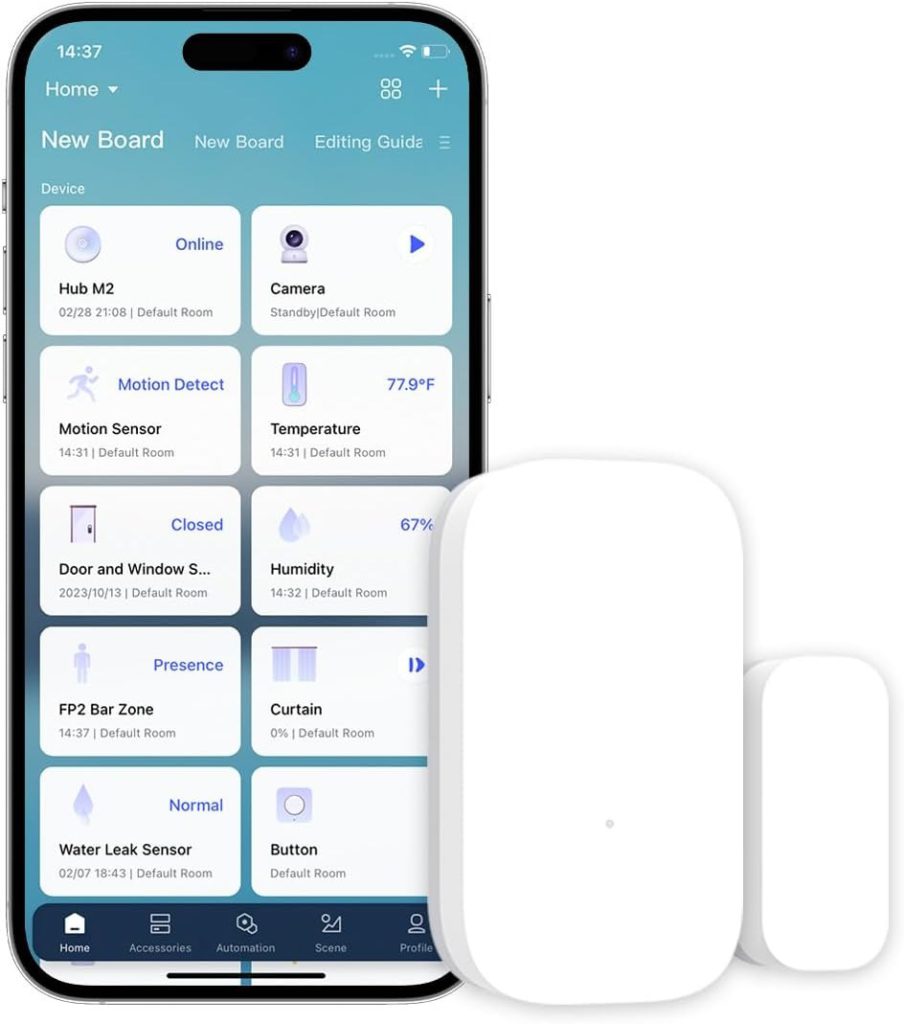
Lesser-known sensor brands often promise big features at small prices, but reliability issues with door, window, leak, and motion sensors create security blind spots when you need detection most. Mirros and Third Reality products might pair initially but frequently drop connections or send false alerts.
Aqara ZigBee sensors maintain consistent performance across door, window, leak, and motion detection applications. Their reliable pairing and critical security notifications provide the dependability smart home security requires. Using Aqara smart plugs as mesh repeaters strengthens ZigBee connectivity throughout larger homes.
2. Security Cameras: UniFi Costs Too Much, Reolink Delivers Value
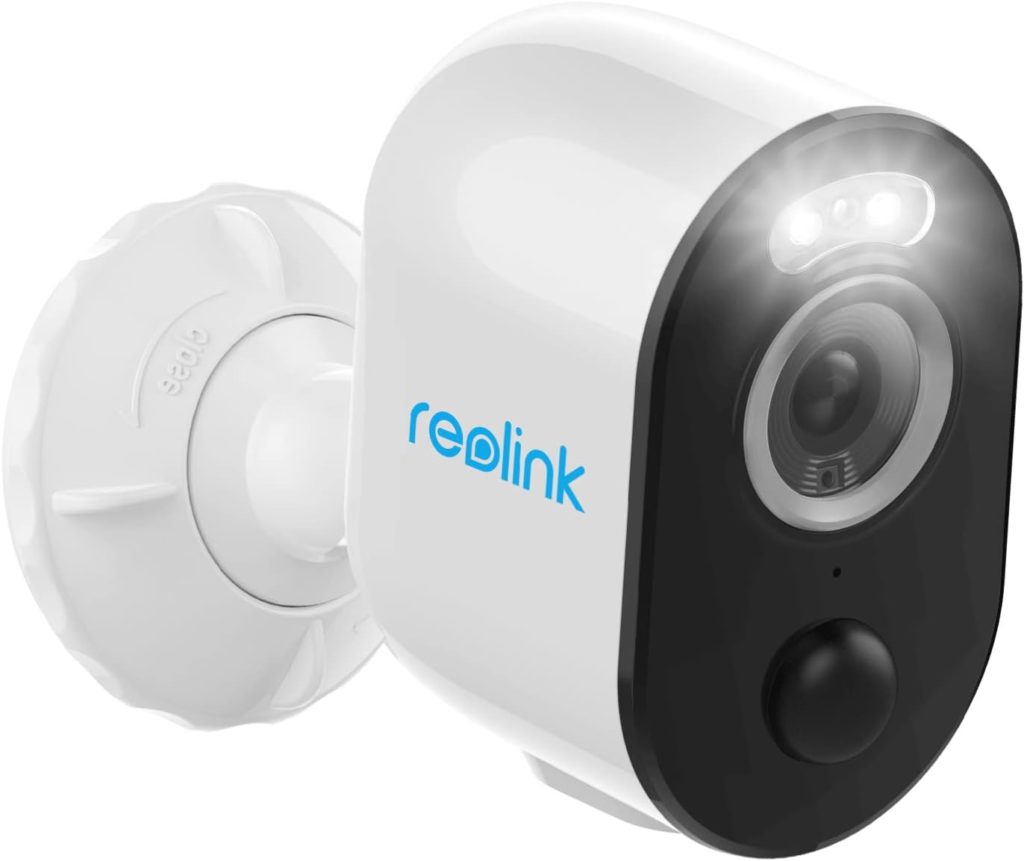
UniFi cameras offer impressive technical specifications and professional-grade features, but their pricing makes little sense for typical home security needs. The cost premium rarely translates into proportional value for residential users who want reliable monitoring without enterprise complexity.
Reolink cameras provide comparable image quality and features at significantly lower prices. Their diverse lineup includes:
- Battery-powered options
- PoE connectivity
- Wi-Fi models
- NVR-compatible systems
- SD card storage
- Solar-powered variants
These options cover virtually any security scenario. The flexible installation and management options make professional-quality surveillance accessible without breaking budgets.
1. Generic Smart Devices: Most Cheap Options Create Problems
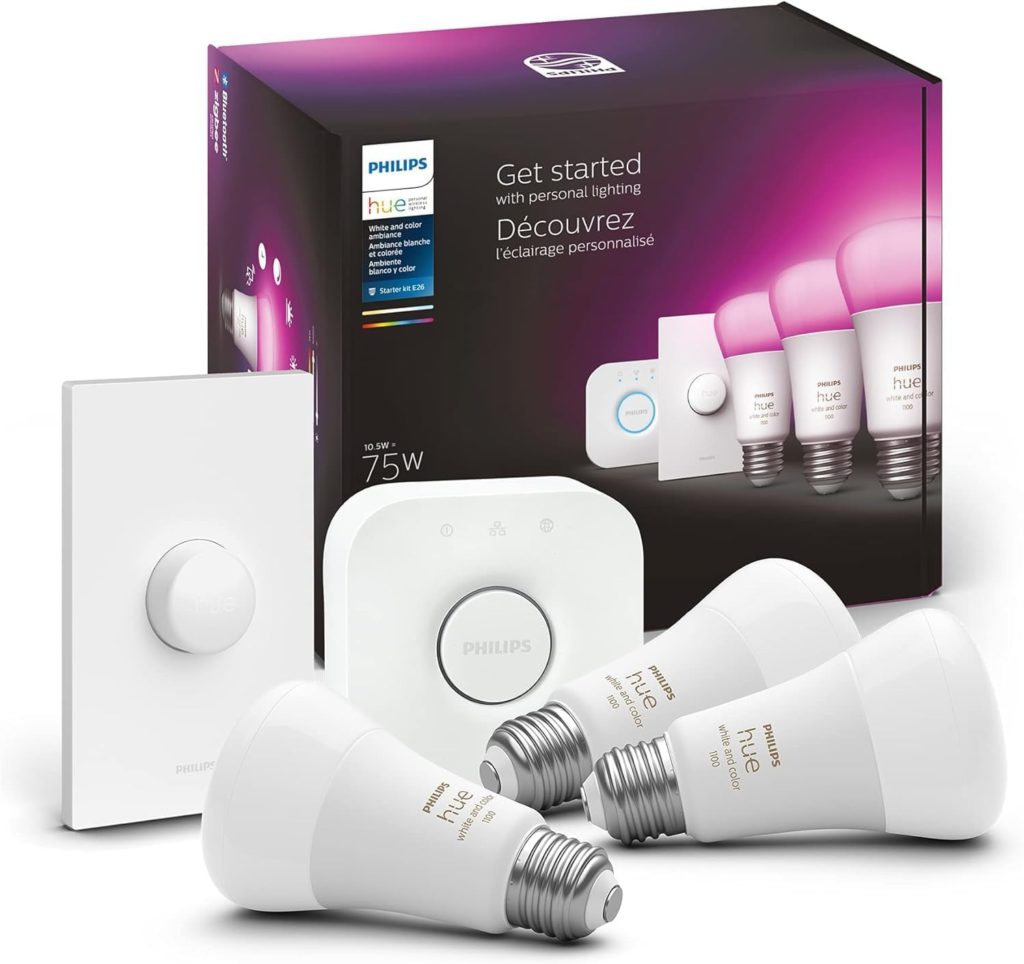
Unknown brand smart devices flooding online marketplaces often rely on poorly designed apps with questionable security practices and terrible integration with major smart home platforms. These white-label products frequently fail after brief usage periods and create potential privacy vulnerabilities through sketchy cloud services.
When budget constraints require generic devices, choose products from larger, established manufacturers like GOI or Yite that maintain better app ecosystems and security standards. Avoiding platforms locked into proprietary systems ensures smoother integration with Google Home, Apple HomeKit, Amazon Alexa, and Home Assistant setups.


